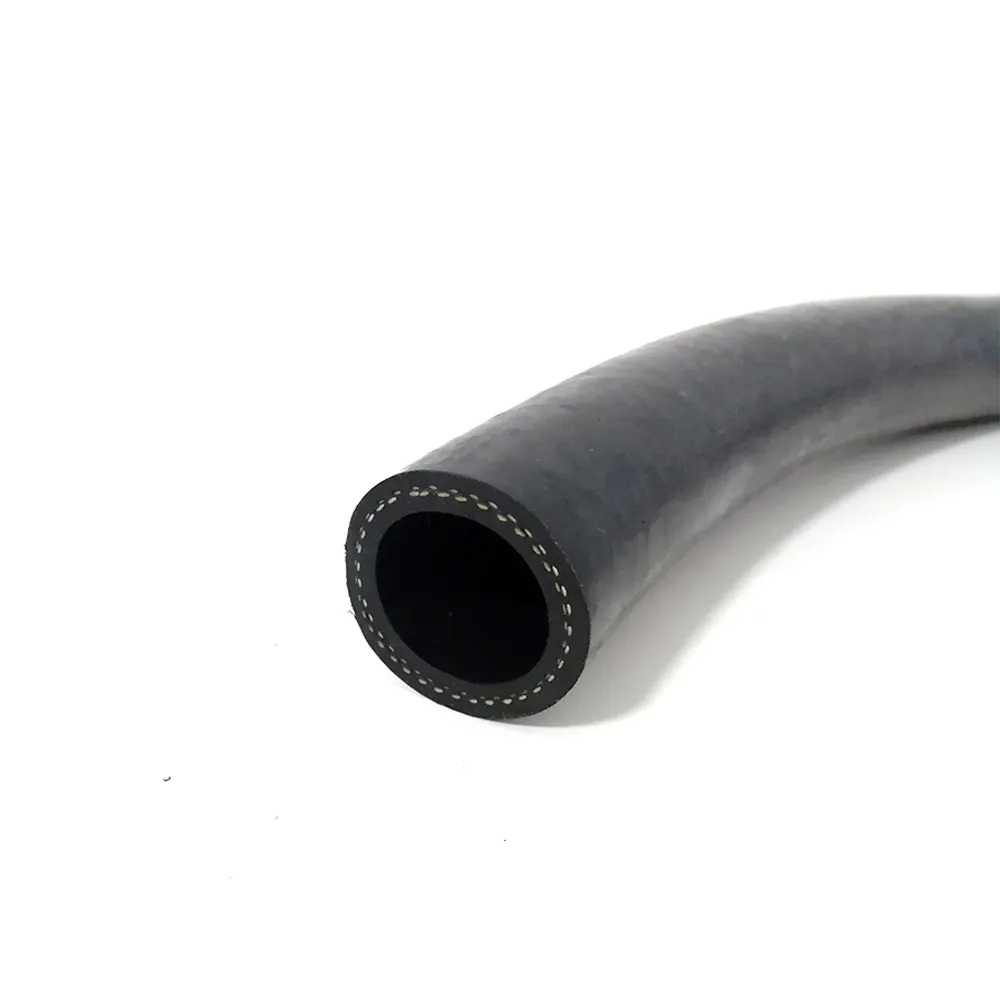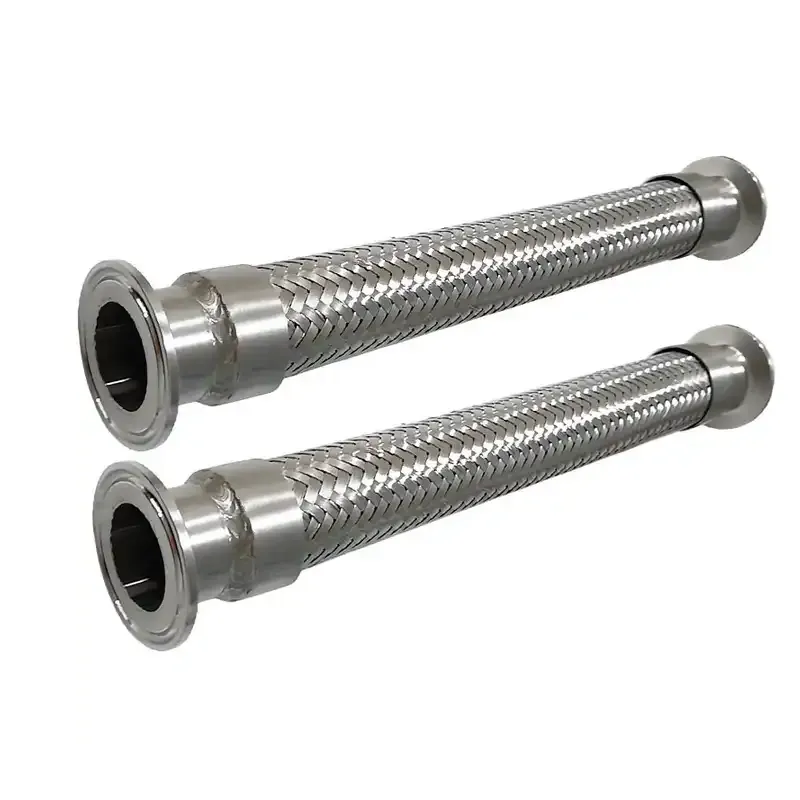
2 月 . 04, 2025 02:31 Back to list
hose for hydraulic oil


When considering expertise in hydraulic systems, understanding the intrinsic relationship between hoses and the other system components is vital. For example, fittings must be compatible in terms of size and material. A mismatch can lead to assembly failures or leaks, which can compromise system efficiency or safety. From an authoritative standpoint, industry standards such as those from the Society of Automotive Engineers (SAE) or the International Organization for Standardization (ISO) should guide hose selection. Adherence to these standards ensures a basic level of quality and performance reliability. Trustworthiness in choosing a supplier or manufacturer is yet another layer to consider. Opt for suppliers with established reputations and a proven track record in hydraulic systems. Their expertise will provide not only the right products but also essential guidance for installation and maintenance. Real-life experiences underscore the importance of prevention and regular maintenance in ensuring the longevity of hydraulic hoses. Regular inspections for wear and tear, along with understanding the environmental conditions the hoses are exposed to, play crucial roles in pre-emptive maintenance strategies. Environmental factors like excessive heat, abrasives, or exposure to corrosive substances can dramatically reduce hose life. In conclusion, the art of choosing the right hose for hydraulic oil encompasses a detailed understanding of materials, pressures, flexibility, compatibility, and standards. Leveraging expertise, securing reliable partners, and having a proactive maintenance strategy embedded in operational practices reflect in improved system reliability and efficiency. The right hose not only ensures the seamless operation of the hydraulic system but also significantly cuts down on downtime and replacement costs, contributing to the overarching goals of safety and operational excellence.
Latest News
Steel Wire Reinforced Hydraulic Hose SAE 100 R1 / EN853 1SN S
NewsOct.17,2024
Two Layers Steel Wire Reinforced Hydraulic Hose SAE 100 R2 / EN853 2SN
NewsSep.03,2024
Textile Braid Reinforced Hydraulic Hose SAE100 R3+R6
NewsSep.03,2024
Textile Reinforced Hydraulic oil Suction Hose with embedded Steel Wire SAE 100 R4
NewsSep.03,2024
Single Wire Braid and Textile Covered Hydraulic Hose SAE 100 R5
NewsSep.03,2024
High Pressure Thermoplastic Hydraulic Hose SAE 100 R7 / EN855 R7 - SAE 100 R8 / EN855 R8
NewsSep.03,2024
Heavy Duty Four-layer Steel Wire Spiral Reinforced Hydraulic Hose SAE100R9+R10+R12
NewsSep.03,2024
Heavy Duty Multi-layer Steel Wire Reinforced Hydraulic Hose SAE100R13 SAE100R15
NewsSep.03,2024
Latest Products











